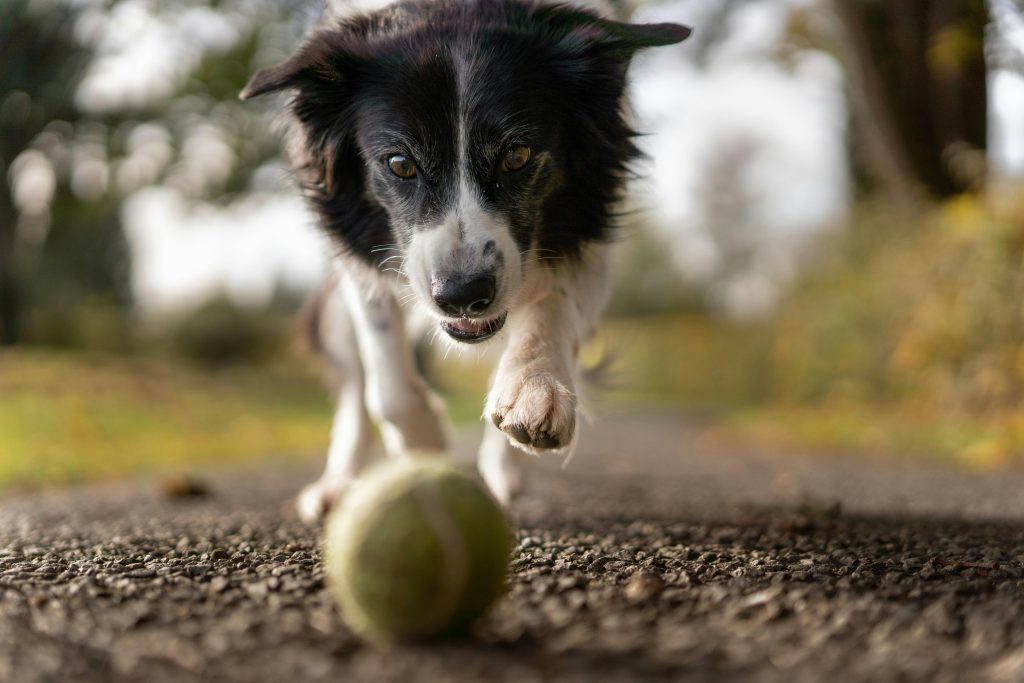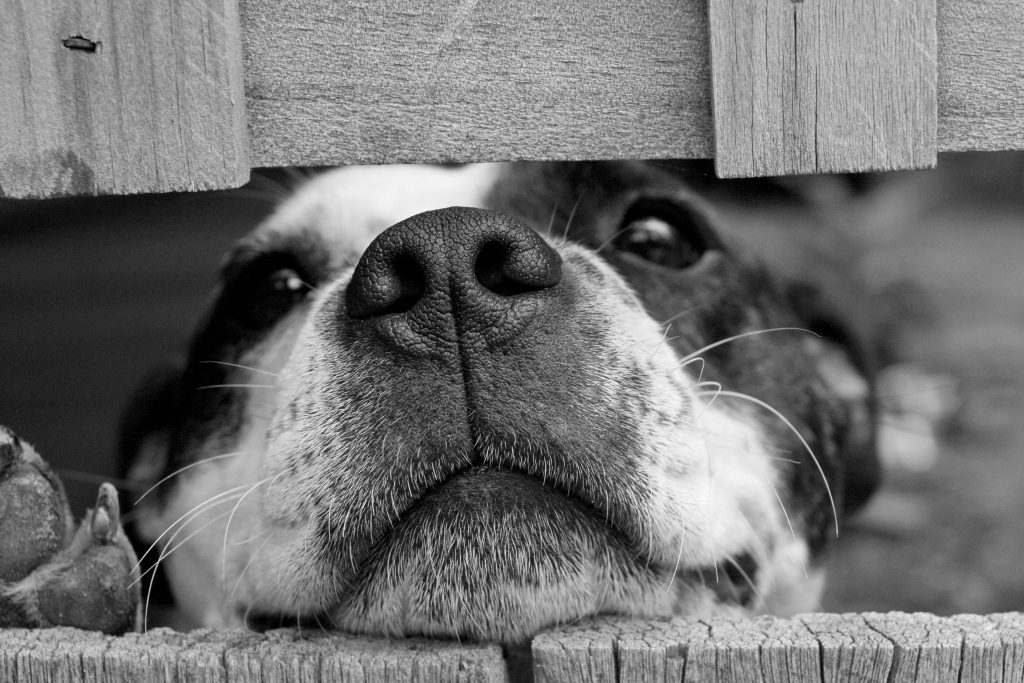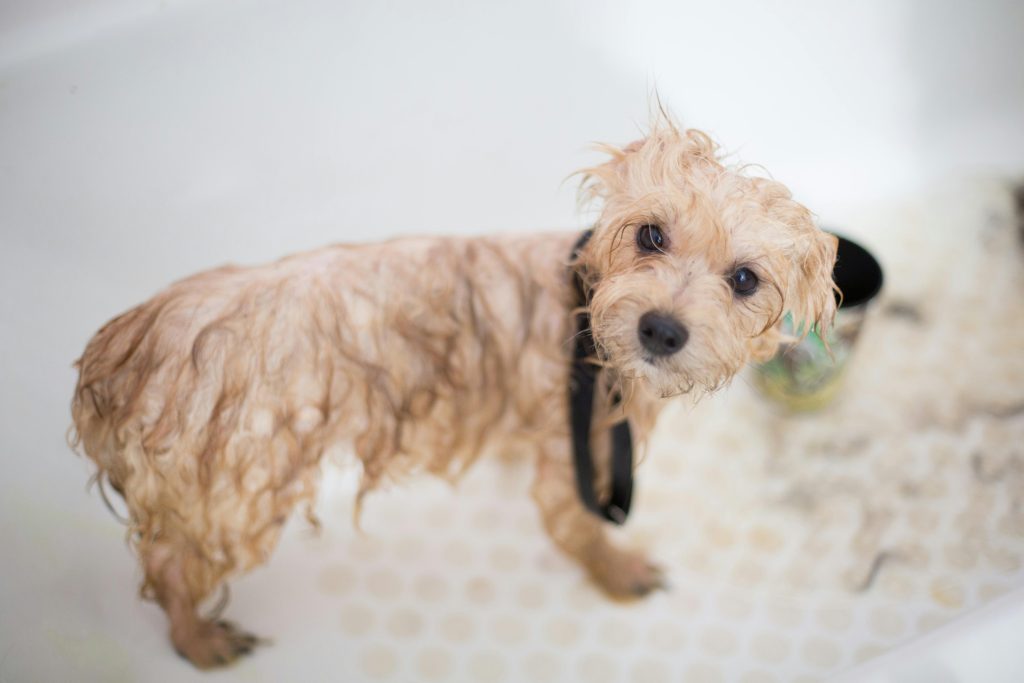Tired of finding dog hair on your couch, your clothes, and basically everywhere? You’re not alone. Shedding is a natural part of life for most dogs—but when does it become too much?

1. Understand What’s Normal
Most dogs shed, especially during seasonal changes (spring and fall). Breeds like Labradors, Huskies, and German Shepherds are notorious shedders. So some hair? Totally normal. But sudden, excessive shedding? That’s a red flag.
2. Check for Underlying Health Issues
If your dog is losing fur in patches, or their skin looks red, flaky, or irritated—it’s time for a vet visit. Allergies, infections, parasites (like fleas), or even stress can cause abnormal shedding.
3. Brush More Often—Not Less
Daily brushing removes loose hair before it ends up on your floor. Use a brush suited to your dog’s coat type (slicker brushes, deshedding tools, or rubber curry brushes). It also improves circulation and strengthens the skin.
4. Bathe Smartly, Not Excessively
Bathing helps remove dead hair, but don’t overdo it—too much can dry out your dog’s skin and make shedding worse. Use a gentle, dog-safe shampoo, and always rinse thoroughly.
5. Feed a High-Quality Diet
Nutrition plays a huge role in skin and coat health. Look for foods rich in omega-3 and omega-6 fatty acids (like salmon or flaxseed oil). Some owners even add a little fish oil supplement—ask your vet for guidance.
6. Keep Fleas and Ticks Away
Parasites irritate the skin, leading to constant scratching and hair loss. Stick to a consistent flea and tick prevention plan, especially in warmer months.
7. Watch the Stress
Major changes—like a move, a new pet, or loud noises—can trigger stress-related shedding. Give your dog a calm environment and plenty of attention.



